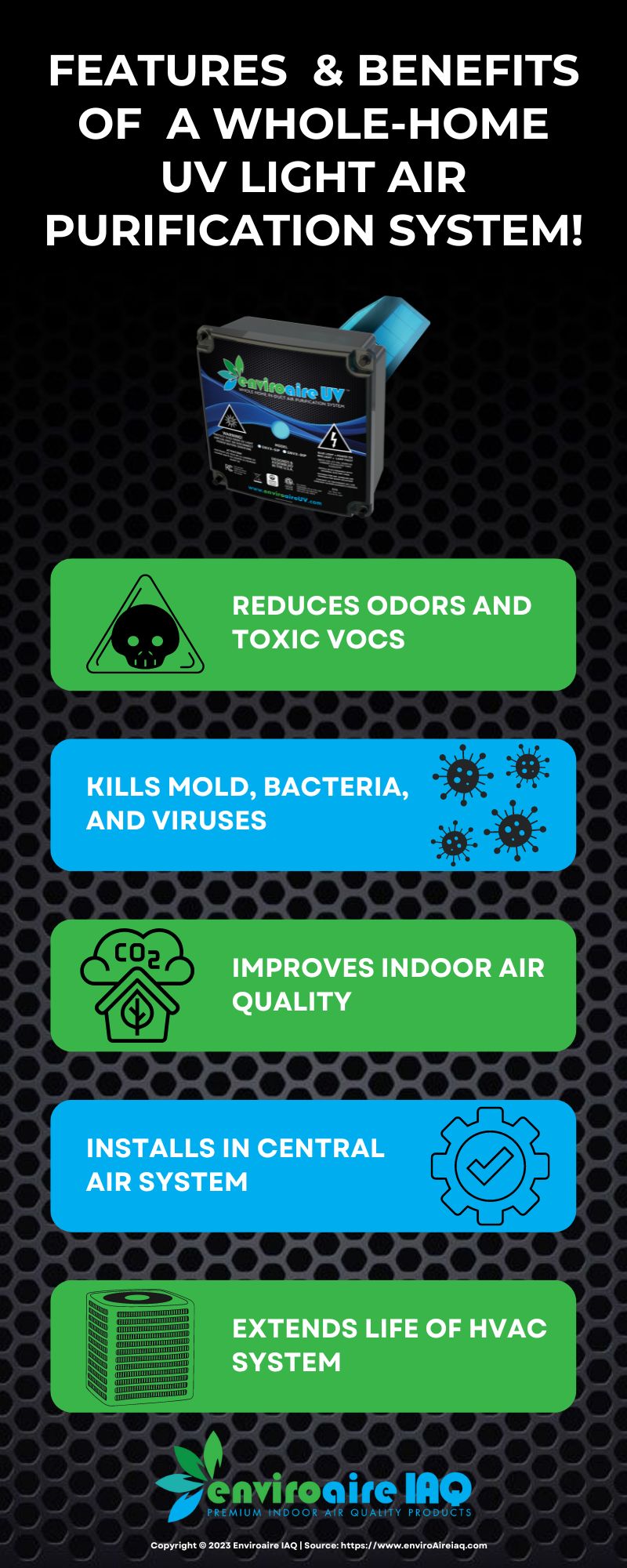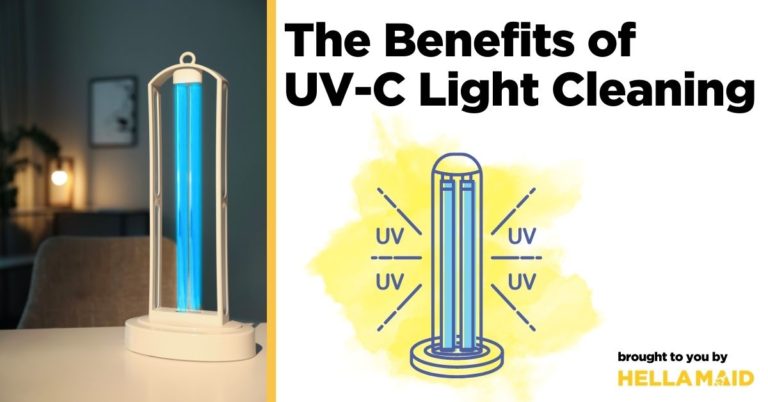Uvc Light for Dummies
Uvc Light for Dummies
Blog Article
Little Known Facts About Uvc Light.
Table of ContentsThe Facts About Uvc Light RevealedThe smart Trick of Uvc Light That Nobody is DiscussingGetting The Uvc Light To WorkUvc Light Can Be Fun For EveryoneUnknown Facts About Uvc LightSome Of Uvc Light
A brand-new kind of ultraviolet light that may be risk-free for people took much less than 5 mins to minimize the degree of interior airborne microorganisms by more than 98%, a joint research by researchers at Columbia University Vagelos College of Physicians and Surgeons and in the U.K. has actually discovered. Even as germs remained to be splashed into the area, the level stayed very reduced as long as the lights were on.Yet previously these studies had actually only been conducted in little speculative chambers, not in full-sized spaces imitating real-world problems. In the current study, researchers at the College of St. Andrews, College of Dundee, University of Leeds, and Columbia University examined the efficiency of far-UVC light in a large room-sized chamber with the same air flow rate as a normal office or home (regarding 3 air adjustments per hour).
The efficacy of various strategies to reducing interior virus levels is typically determined in regards to equivalent air modifications per hour. In this study, far-UVC lamps generated the matching of 184 equal air exchanges per hour. This surpasses any type of various other method to decontaminating busy interior spaces, where five to 20 equal air changes per hour is the most effective that can be accomplished virtually.
The 8-Minute Rule for Uvc Light

The main criteria of UV-C disinfection are wavelength, dosage, loved one humidity, and temperature. There is no consensus about their ideal worths, yet, generally, light at a high dosage and a spectrum of wavelengths consisting of 260 nm is favored in a setting at space temperature with low family member humidity. This light can be generated by mercury-vapour, light-emitting diode (LED), pulsed-xenon, or excimer lamps.
UV-C sanitation systems have promising attributes and the prospective to boost in the future. UV-C disinfection must currently be taken into consideration for low-level rather than high-level sanitation.
One more application emerged in 1910 when UV light was used to sanitize water. However, the modern technology was not very trusted at the time and it took even more technological advancements prior to UV water disinfection ended up being popular once again in the 1950s [ 2] Nowadays, UV light is made use of for water, air, food, surface area, and medical devices sanitation.
Not known Factual Statements About Uvc Light
This results in the interruption of DNA or RNA, leading to the inactivation of the micro-organism. UV-C-induced DNA disruption frequently consists of the bonding of 2 neighbouring thymine (or cytosine) bases rather of the conventional linking of a base with its corresponding base on the other hair.

Dark repair service, on the various other hand, requires numerous enzymes and nutrients for energy [6] It is necessary to recognize whether last inactivation results have actually taken into account the event of resurgence since it might result in 60% of the achieved inactivation being turned around [7] Moreover, anomalies can arise upon UV-C direct exposure considering that this direct exposure can lead to the source of intra-strand cyclobutyl-pyrimidine dimers in DNA [ 6] The UV-C area is utilized for sanitation however there is no find consensus on the exact ideal wavelength. Microbial DNA and RNA have peak absorbances of light at 260265 nm and around 260 nm, specifically [6] For that reason light at 260 nm can create one of the most disruption. Nevertheless, numerous micro-organisms are most vulnerable to somewhat various wavelengths.
Uvc Light for Beginners
On the other hand, it has technical implications given that the overall energy of the light beam is after that divided over all present wavelengths. A micro-organism that is prone to 254 nm light will be suspended a lot more by a lamp that discharges entirely light at 254 nm than a lamp that discharges a wavelength spectrum at equivalent total power.
Direct exposure times of 1045 minutes for space sanitation and 25 s to 5 min for clinical equipment were run into in literature.
Further, the result of a light decreases in time, so it is advised to calculate the dosage at the end of light life, which is agent of a worst-case scenario. The dose likewise affects the amount of photoreactivation. Quek et al. found that the portion of photoreactivation reduced from 5.31% to 0% for a rise in dose from 1.6 to 19.7 mJ/cm2 [8]
Zhang et al. observed a change in UV irradiance of 34% when the RH increased from 50% to 90% [18] The quantity of RH impact on UV performance relies on the present micro-organism and is much more evident for microorganisms than for infections [16] Lastly, the influence of temperature level depends upon the source of light.
Not known Factual Statements About Uvc Light


This is recognized as much UV-C technology and is a reasonably new disinfection method with minimal expertise about its effectiveness.
In research study, the results on pulsed versus continuous UV-C sanitation effectiveness vary. When contrasting pulsed and continual light it is vital to maintain other variables such over at this website as wavelength and dosage constant. Nyangaresi et al. and Sholtes et al. both discovered that pulsed or constant light emitted by LEDs led to equivalent log10 decreases [15,28]
Uvc Light for Dummies
In situation ozone is not required for sanitation, a changed light can be made use of. For mercury-vapour lamps, drugged quartz glass or find out this here specialized soft glass can strain short-wave UV-C light. For pulsed-xenon, drugged quartz can be utilized also [30] UV-C has encouraging attributes for disinfection such as automatic sanitation, being much less time-consuming than widely utilized guidebook or chemical disinfections, leaving no unsafe residuals, and being eco friendly (if no mercury-vapour lamps are utilized) [31,32]
Report this page